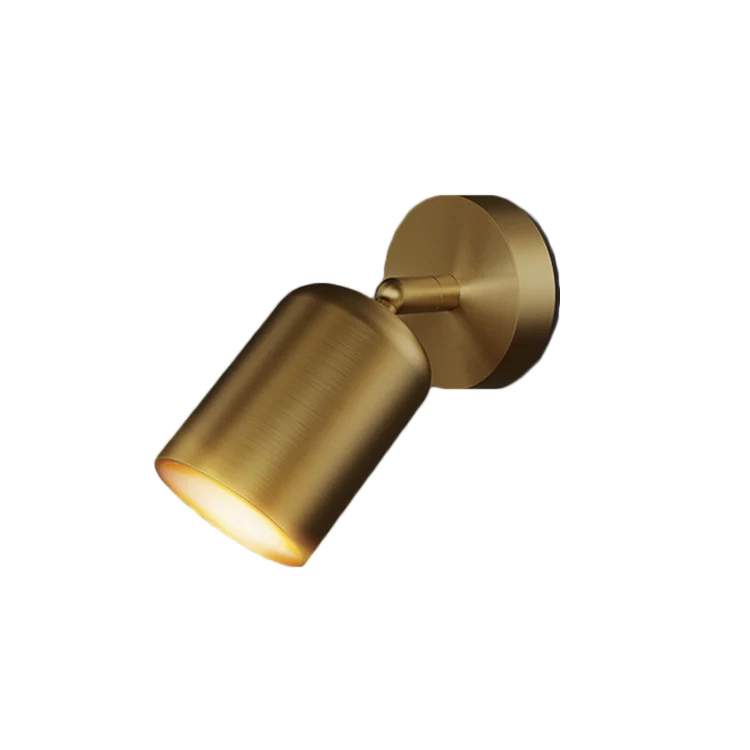LEAFLETS
PRODUCTS
Energy Efficient Smart Lighting Solutions for a Sustainable and Stylish Home Embrace Eco Friendly Innovation without Compromising on Design or Performance
The Environmental Benefits of Smart Lighting
The most compelling argument for adopting smart lighting lies in its significant environmental advantages. Traditional incandescent bulbs waste a large portion of energy as heat, generating minimal light output. In contrast, LED (Light Emitting Diode) bulbs, the core of most smart lighting systems, are significantly more efficient, converting a much larger percentage of energy into light. This translates directly into reduced electricity consumption and lower energy bills. Moreover, LEDs have a much longer lifespan than incandescent bulbs, minimizing waste from frequent replacements and reducing the environmental burden of manufacturing and disposal.
Beyond energy efficiency, smart lighting systems often incorporate features that further enhance their environmental impact. Many systems offer occupancy sensors, automatically turning lights off in unoccupied rooms. This prevents wasted energy from lights left on unintentionally, a common occurrence in busy households. Similarly, daylight harvesting features can adjust light levels based on ambient light, reducing reliance on artificial lighting during daylight hours. These smart features, coupled with the inherent efficiency of LEDs, contribute to a substantial decrease in a home's overall carbon footprint, aligning perfectly with the goals of sustainable living.
Enhanced Design and Aesthetics
Concerns about the aesthetics of energy-efficient lighting are largely outdated. Modern smart lighting systems offer a vast array of design options, seamlessly integrating into any home décor. From sleek, minimalist fixtures to ornate, statement pieces, the choices are virtually limitless. Furthermore, smart bulbs allow for customization of light color temperature, allowing users to adjust the ambiance to suit their mood or activity. A warm, inviting glow can be created for relaxation, while cooler, brighter light is ideal for tasks requiring focus.
The ability to control light color also enhances the aesthetic possibilities. Smart lighting systems can reproduce a wide range of colors, allowing users to subtly accentuate architectural features or create vibrant, dynamic lighting displays. This level of control transcends the limitations of traditional lighting, opening up exciting opportunities for personalized expression and enhancing the overall aesthetic appeal of a home. The integration with smart home systems allows for pre-programmed lighting scenes to be set for various occasions, creating a sophisticated and visually appealing atmosphere with minimal effort.
Smart Control and Convenience
Beyond environmental benefits and aesthetics, smart lighting offers a considerable level of control and convenience. Through dedicated apps or smart home hubs, users can remotely manage their lighting system, turning lights on or off, adjusting brightness, and changing color temperatures from anywhere with an internet connection. This level of control is particularly beneficial for security, allowing homeowners to simulate occupancy while away from home, deterring potential intruders.
Scheduling features are another significant advantage. Lights can be programmed to turn on and off at specific times, optimizing energy use and creating a sense of routine. This is particularly useful for waking up gradually with a soft, increasing light or automatically turning lights off at bedtime. Furthermore, smart lighting systems can integrate with other smart home devices, creating automated sequences and enhancing overall home automation capabilities. For example, lights can automatically switch on when a motion sensor detects movement or integrate with voice assistants for hands-free control.
Cost-Effectiveness and Long-Term Savings
While the initial investment in smart lighting might seem higher than traditional options, the long-term cost savings are substantial. The significantly reduced energy consumption translates directly into lower electricity bills, quickly offsetting the initial investment. Furthermore, the extended lifespan of LED bulbs reduces replacement costs, contributing further to long-term savings. This makes smart lighting a financially responsible choice, aligning environmental consciousness with economic practicality.
The increased convenience and automation offered by smart lighting systems also contribute to indirect cost savings. The elimination of wasted energy from forgotten lights and the streamlined management of lighting schedules minimize energy expenditure. This combined with the potential for reduced maintenance and replacement costs makes smart lighting a fiscally sound investment for the environmentally conscious homeowner seeking both long-term cost savings and a stylish, sustainable home.
Choosing the Right Smart Lighting System
The market offers a wide range of smart lighting solutions, from individual smart bulbs to comprehensive whole-home systems. Choosing the right system depends on individual needs and preferences. Factors to consider include the size of the home, desired level of automation, budget constraints, and compatibility with existing smart home ecosystems. Researching different brands and comparing features is crucial to make an informed decision that aligns with specific requirements.
Considering the long-term investment, choosing high-quality, reputable brands is essential. This ensures product reliability, longevity, and consistent performance. Reading reviews and seeking recommendations from other users can be invaluable in navigating the diverse marketplace and selecting a smart lighting system that delivers both functionality and aesthetic appeal, ultimately contributing to a sustainable and stylish home environment.
SUBSCRIBE
INQUIRY










